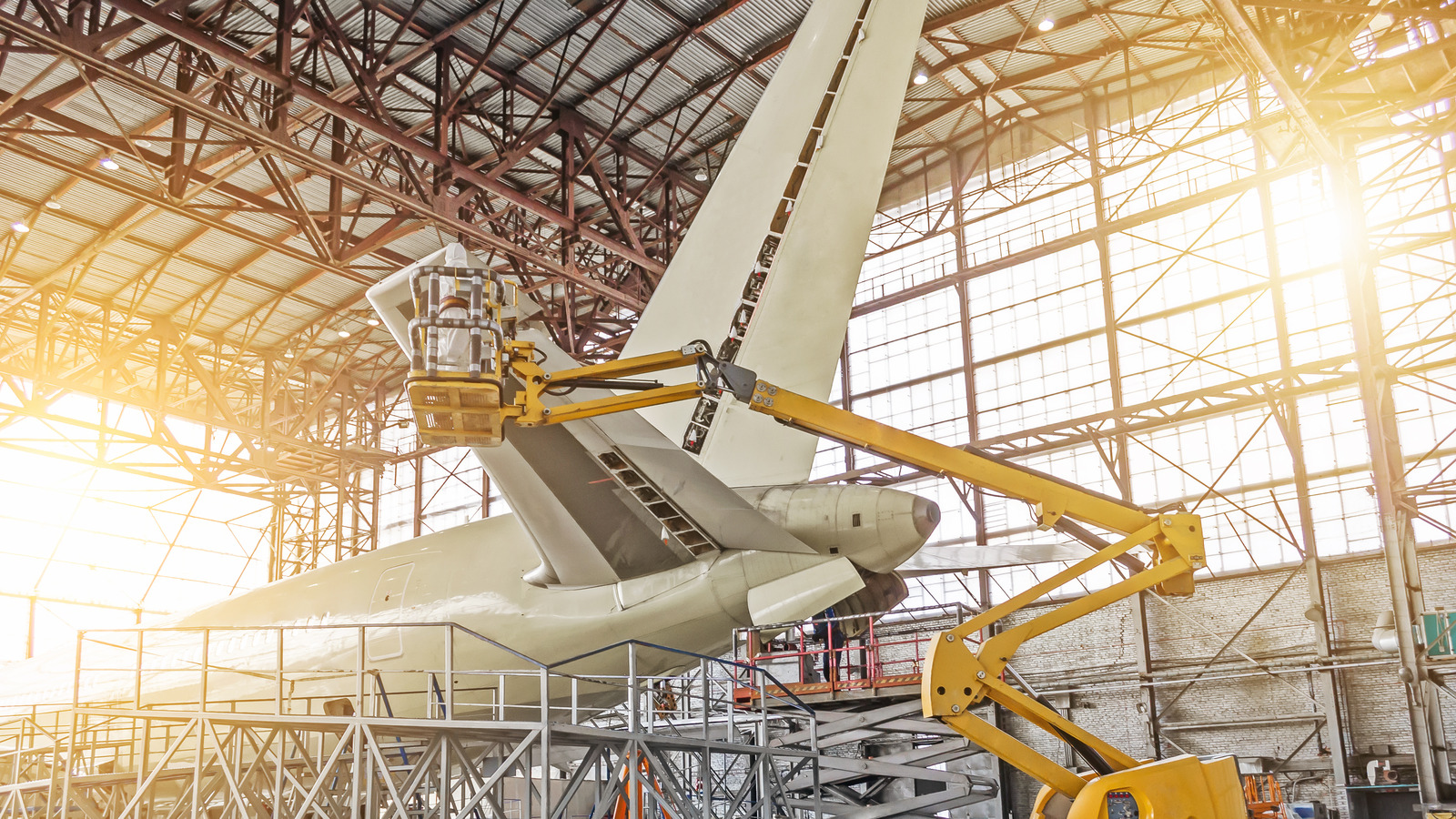
A new experimental paint developed by researchers at Kobe University could revolutionize the way airplanes are coated and significantly reduce their carbon footprint. The paint, based on nanospheres, focuses on structural color rather than pigment color, resulting in vibrant hues that do not fade over time.
Structural colors are created when light is reflected from nanostructures set at precise distances, allowing only certain wavelengths to survive while canceling out others. This innovative approach mimics the natural colors found in the wings of butterflies and the feathers of birds of paradise. Unlike traditional pigments, structural colors do not degrade over time.
The lightweight nature of the nanosphere-based paint makes it ideal for coating airplanes, drastically reducing the weight of the pigments and coatings currently in use. By using this new paint, researchers believe they could decrease the weight of airplane coatings to less than 10% of the current weight, thus reducing the amount of fuel needed for flight.
Air travel, both public and private, is known for its substantial carbon footprint, with heavier planes requiring more fuel to stay airborne. With this new lightweight paint, the environmental impact of flight could be significantly reduced. This innovation has the potential to revolutionize the aviation industry and make air travel more eco-friendly in the future.


